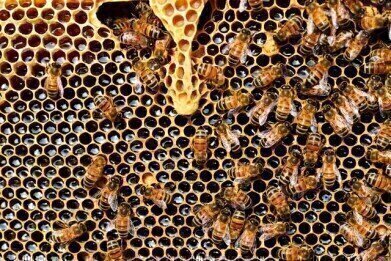Mass Spectrometry & Spectroscopy
How Can Food Analysis Prevent Food Fraud?
Jul 23 2022
From redirecting discarded products back into the supply chain to substituting premium ingredients with inferior alternatives, food fraud is a serious crime. The issue is widespread in the food and beverage industry and affects everything from salmon and beef to milk and honey.
Global food and beverage giant Nestle defines food fraud as “economically-motivated adulteration” and confirms it’s a major risk to brands and consumers. In a booklet dedicated to food fraud prevention, Nestle identifies the “fraudulent addition of nonauthentic substances, or the removal or replacement of authentic substances without the purchaser’s knowledge, for economic gain of the seller” as one of the most damaging types of food fraud.
Accidental vs economically-motivated adulteration
Thanks to the introduction of meticulous food safety management systems, major outbreaks of contamination and food poisoning are now relatively uncommon in most developed countries. Strategic Hazard Analysis Critical Control Point (HACCP) principles are used to screen ingredients and finished products.
While effective at detecting accidental contamination, these principles aren’t designed to target deliberate adulteration and criminal activity. This is where analytical surveillance steps up.
The role of analytical surveillance
The first step is identifying adulteration risks and defining a set of analytical control criteria. These can be applied to both raw ingredients and finished products. Once established, a strategic analytical surveillance plan can be developed. “The methods must be selective, specific, and of appropriate sensitivity to verify that the food authenticity process is efficient,” reads the Nestle booklet.
Analytical techniques are grouped into two categories:
- Targeted analysis
Techniques designed to analyse specific parameters linked to standardised raw material specifications. For example, the use of Ultraviolet-Visible (UV) Spectroscopy to analyse fatty acid ethyl esters (FAEEs) and detect traces of inferior oils such as sunflower and canola in products marketed as extra virgin olive oil. Another example is the use of Gas Chromatography coupled with Flame Ionisation Detection (GC-FID) to analyse fatty acids and identify farmed salmon marketed as wild.
- Untargeted techniques
Also known as fingerprinting, untargeted techniques don’t rely on specific adulteration markers. Instead, they assess the integrity of raw materials using a detailed chemical profile. This is created using advanced analytical techniques such as High-Resolution Mass Spectrometry (HRMS).
“These methods do not rely on the analyses of selected individual analytes since the molecules to be detected are not known a priori, but instead aim at studying a global fingerprint that should be as comprehensive as possible,” writes the author of a report published in the journal Foods. “This approach can be advantageous when no information about possible adulterants is yet known and/or when unconventional adulterants are added, which would be unlikely to be detected by conventional targeted approaches.”
Want to know more about how the food industry is tackling economically motivated fraud? We cover a wide range of topics, including some of the most common ingredients and products targeted by criminals, in ‘A Complete Guide to Food Fraud & Foodomics’. Or read 'Accurate Testing Keeps Farm Animals Healthy' to discover the importance of testing on animals at the very start of the food production chain.
Digital Edition
International Labmate 49.6 - Sept 2024
September 2024
Chromatography Articles - HPLC gradient validation using non-invasive flowmeters Mass Spectrometry & Spectroscopy Articles - From R&D to QC, making NMR accessible for everyone: Putting NMR...
View all digital editions
Events
Oct 30 2024 Birmingham, UK
Oct 30 2024 Manchester, UK
Nov 11 2024 Dusseldorf, Germany
Nov 12 2024 Cologne, Germany
Nov 12 2024 Tel Aviv, Israel



















